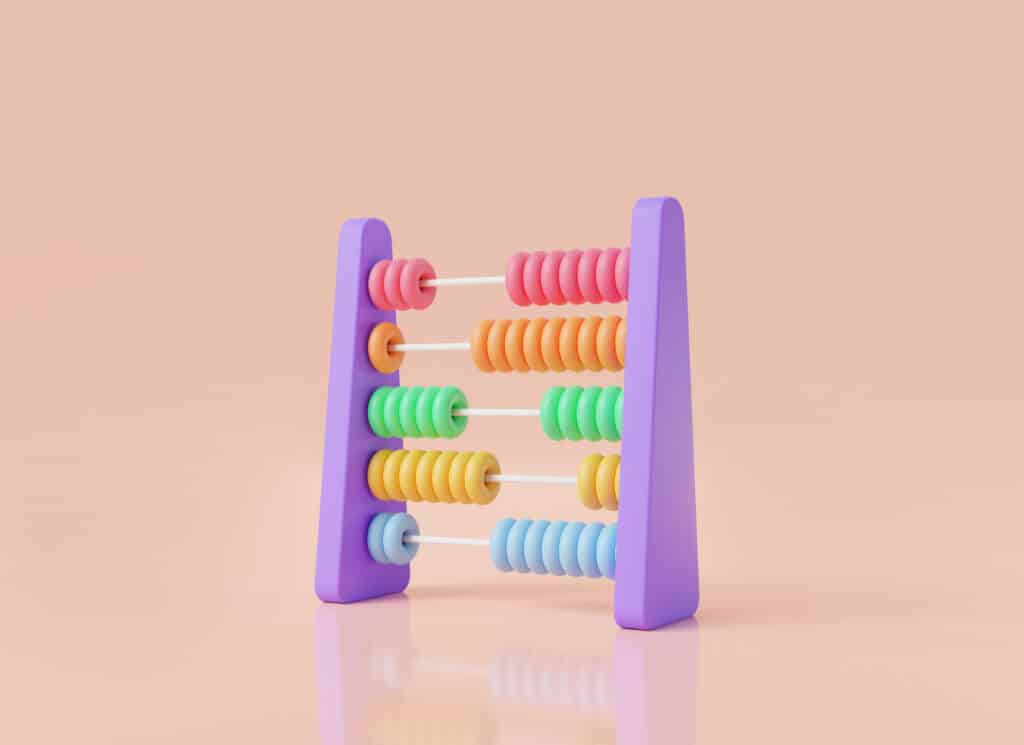As a small hotel owner or manager, your priority is to maximize the revenue from each room. That’s where RevPAR—Revenue Per Available Room—comes in. This simple metric combines Average Daily Rate (ADR) and Occupancy Rate to show how effectively your hotel is generating revenue. Understanding RevPAR can help you make smarter decisions about room pricing and occupancy, ultimately boosting your hotel’s profitability.
What Is RevPAR?
RevPAR measures the average revenue each room generates, including those that are unoccupied. This gives you a comprehensive view of how well your hotel is performing. There are two common ways to calculate it:
1. Using Room Rate and Occupancy:
RevPAR = ADR × Occupancy Rate
Example: If you charge $100 per room and 80% of your rooms are filled, then:
RevPAR = 100 × 0.80 = 80
This means that, on average, each room (even the empty ones) is earning $80 per night.
2. Using Total Room Revenue and Total Rooms:
RevPAR = Total Room Revenue ÷ Total Available Rooms
Example: Let’s say your hotel has 10 rooms, and last night, you made $800 from room sales:
RevPAR = 800 ÷ 10 = 80
So, your RevPAR is $80, showing how much each room contributes on average.

Why Should You Care About RevPAR?
Charging high rates might sound appealing, but if a lot of rooms are empty, you’re missing revenue opportunities. On the other hand, filling rooms with low rates doesn’t maximize your earnings either. RevPAR provides a full picture by combining both pricing and occupancy into a single metric, letting you understand your hotel’s real performance.
Example:
Let’s say you increase your rates to $150, but occupancy drops to 50%. Even though your rates are higher, fewer people are booking. If your RevPAR remains the same or decreases, it signals that an adjustment is needed. The goal is to maximize both rate and occupancy to get the most from each room.
How Does RevPAR Help You Make Better Decisions?
RevPAR is a powerful tool because it helps you track the real revenue from each available room, even the ones that weren’t rented. Many successful hotel managers adjust their rates depending on demand—like raising rates during busy days and offering deals when it’s quiet. By tracking your RevPAR, you can see if your pricing strategy is working and make changes to boost profits.
Why It Matters to You
Improving your RevPAR means more money in your pocket. Many hotel managers and owners base their decisions—and even their bonuses—on RevPAR because it tells you whether you’re making the most of every room. It’s not just about getting rooms filled or setting high rates—it’s about finding the balance to increase overall revenue.
Conclusion
In the end, RevPAR is one of the most important numbers you should know. It helps you make smart choices about pricing and occupancy, making sure your hotel earns as much as possible. Whether you’re adjusting room rates for the upcoming week or deciding how to fill rooms on quieter nights, RevPAR should be your go-to metric.



